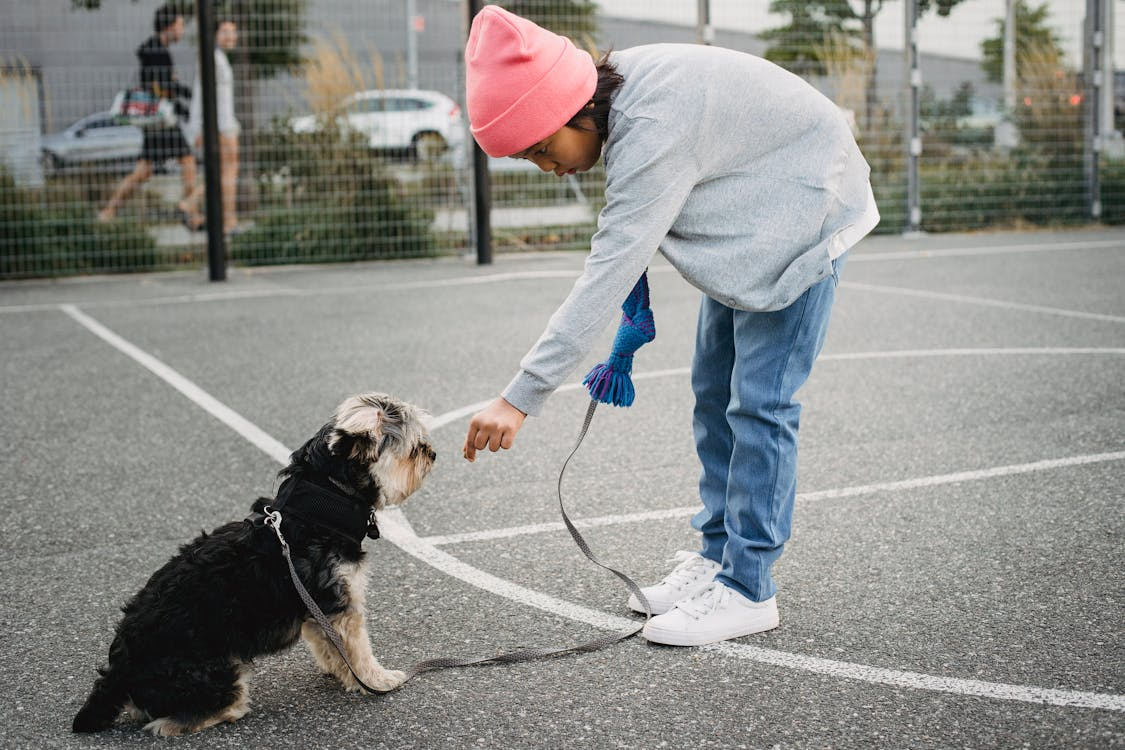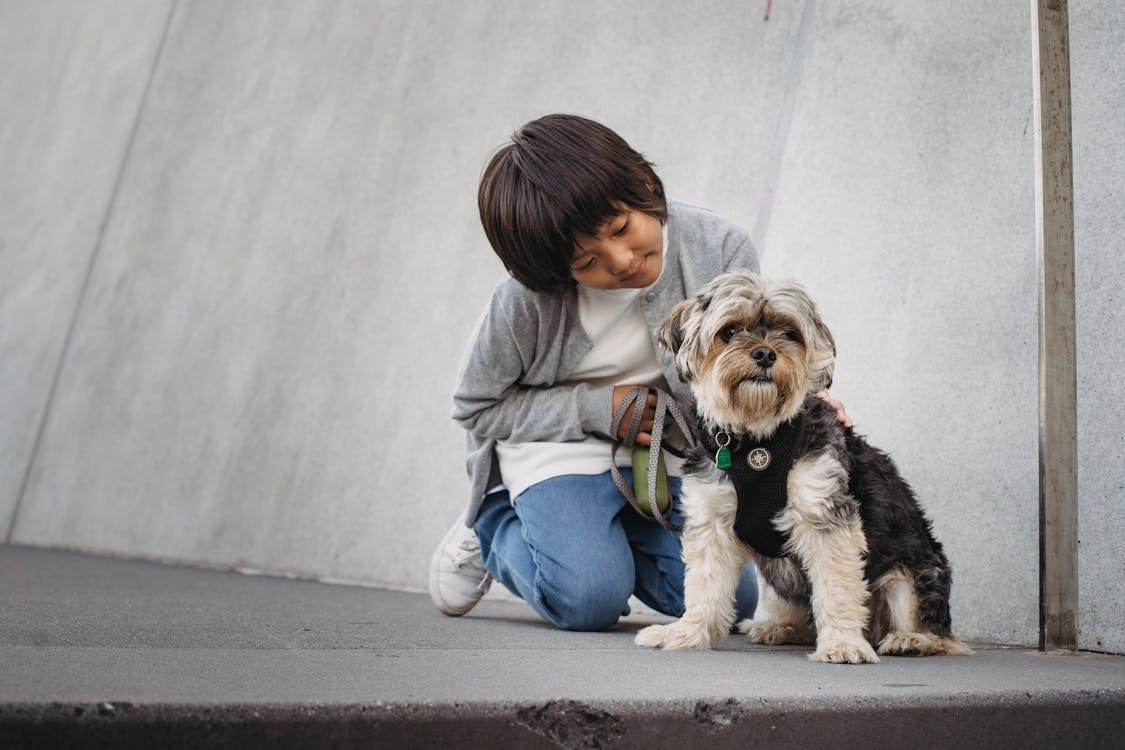Building a relationship with a dog goes far beyond feeding, walking, and playing fetch. Dogs communicate with body language, habits, and reactions, and learning how to understand those cues can transform your bond. While many pet owners rely on instinct and affection, interpreting a dog’s needs with more clarity often comes from seeing the world through the lens of someone who has spent years observing, training, and guiding canines through different stages of development and behavior. We will explore the multi-layered process of identifying and meeting your dog’s needs through this more refined perspective.
Contents
Table of Contents
ToggleLearning from a Dog Trainer’s Point of View
-
Behavior Is Communication, Not Rebellion
When a dog chews furniture, barks excessively, or ignores commands, it’s easy to label these actions as “bad behavior.” But from a trainer’s viewpoint, these are communication signals. Dogs do not possess a moral compass; they operate through instinct, learned patterns, and responses to their environment. A dog left alone for long periods may chew as a response to separation anxiety. Excessive barking may be rooted in alert behavior, boredom, or stress. Instead of punishment, a dog trainer seeks the ‘why’ behind the action. They approach these issues by identifying triggers and offering suitable outlets for a dog’s energy or anxiety.
If you’re unsure where to begin, check our website for helpful resources that guide you through these early signs. This approach shifts the focus from discipline to understanding, allowing owners to work with their dog rather than against them. Recognizing behavior as communication is the foundation for creating an environment where both dog and owner feel heard, respected, and connected.
-
Physical Exercise Must Match Mental Engagement
It’s easy to assume a long walk or a game of fetch is enough to satisfy a dog’s physical needs. But from a trainer’s angle, this is just one part of the equation. Dogs, especially working breeds, thrive when they are mentally challenged. Puzzle toys, scent work, agility courses, or even learning new commands help stimulate their minds. When a dog’s brain isn’t engaged, it often turns to destructive or hyperactive behaviors. A balanced day includes physical movement and mental stimulation.

Trainers often emphasize structured play—activities that ask the dog to think, solve problems, or interact in complex ways. This dual approach not only prevents boredom but can also significantly reduce anxiety and frustration. It deepens trust between the owner and the dog because the dog begins to associate the owner with rewarding, stimulating interactions. Meeting both physical and cognitive needs is crucial in a well-rounded canine routine.
-
Consistency Builds Trust and Predictability
One of the key principles emphasized by trainers is the importance of consistency. Dogs do not understand exceptions or one-time rules. If a dog is allowed on the couch sometimes but not others, the inconsistency can lead to confusion and boundary-testing. From a trainer’s view, routine and clarity are cornerstones of trust. Dogs feel secure when they know what to expect—when walks happen, how feeding works, and what behaviors earn rewards. Training is less about control and more about building a dependable structure in which dogs can thrive. Consistency in tone, body language, and response also matters.
A command given in frustration versus one delivered calmly can produce completely different reactions. By offering clear and consistent expectations, trainers create an environment in which dogs feel safe and less anxious, leading to more stable behavior. This sense of predictability is comforting to dogs and makes daily life smoother for everyone involved.
-
Socialization Shapes Long-Term Behavior
A dog’s reactions to people, other dogs, and unfamiliar environments are largely influenced by their social experiences during the early stages of life, but socialization should continue beyond puppyhood. Trainers understand that socialization isn’t just about introducing dogs to new things; it’s about ensuring those experiences are positive and manageable. Overwhelming a shy dog with a busy dog park can backfire, just as sheltering a bold dog from new encounters may lead to reactivity. Controlled socialization, in neutral environments and with calm, balanced dogs or people, allows your pet to develop confidence and manners.

Socialization is also a lifelong process—new environments, sounds, animals, and people should be introduced regularly to reinforce good behavior and adaptability. Trainers help guide these experiences in ways that build emotional resilience and encourage calm curiosity. A well-socialized dog is not just more confident; it is also safer to be around, easier to train, and more adaptable in public or unexpected situations.
-
Breed Influences Behavior More Than You Think
Dog trainers frequently see mismatches between a dog’s natural instincts and their owner’s expectations. A Border Collie bred to herd may show obsessive chasing or stalking behaviors if not given the chance to channel that drive constructively. A scent hound like a Beagle might seem “stubborn” but is just following powerful scent instincts that override basic commands. Trainers recognize how breed traits influence behavior, energy levels, and learning styles. They adapt training methods and daily routines accordingly.
For instance, a terrier may need shorter, more frequent training sessions due to its high-energy bursts, while a retriever may excel with repetitive fetch-based lessons. Understanding your dog’s genetic background isn’t about limiting them; it’s about supporting them with activities and boundaries that make sense for who they are. Trainers often recommend enrichment tools and games tailored to breed behavior, which provide satisfaction and reduce frustration for both the dog and the owner.
Understanding a dog’s needs requires more than just observation—it involves interpreting behavior, energy, and communication from a deeper perspective. Trainers view dogs as thoughtful, instinct-driven companions who benefit from structure, clarity, and consistent support. By approaching training as a partnership rather than a command structure, owners can create fulfilling routines that meet both physical and emotional needs. This deeper approach not only strengthens the bond between dog and owner but also encourages a happier, more balanced life for both.

